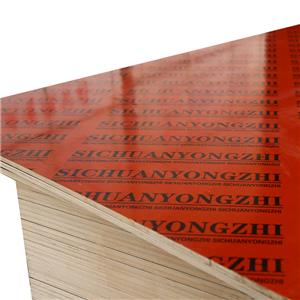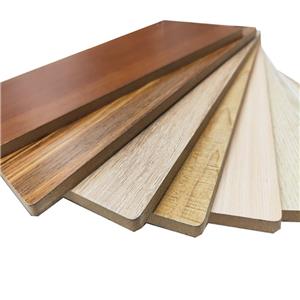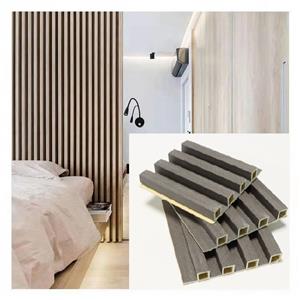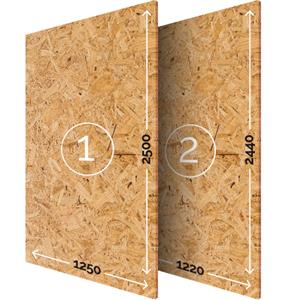Understanding Melamine Board
Composition:
Melamine boards are made by fusing melamine resin, a thermosetting plastic, onto a particleboard or MDF (medium-density fiberboard) core. The resin is created by combining melamine, a nitrogen-rich compound, with formaldehyde under high pressure and temperature. This process results in a rigid and stable material that exhibits excellent resistance to heat, moisture, and chemicals.
Uses:
Furniture Construction: One of the primary applications of melamine board is in the manufacturing of furniture. Its smooth and uniform surface provides an ideal canvas for various finishes, making it suitable for a wide range of styles and designs.
Cabinetry: Melamine board is frequently employed in the production of kitchen and bathroom cabinets. Its resistance to moisture makes it an excellent choice for areas prone to high humidity, ensuring the longevity and durability of the cabinets.
Shelving and Storage Solutions: The stability and load-bearing capacity of melamine board make it an ideal material for constructing shelves and other storage units. Its smooth surface is also easy to clean, adding to its appeal for such applications.
Interior Design: Melamine boards are popular in interior design for applications such as wall paneling, built-in furniture, and decorative elements. The wide variety of colors and patterns available allows for creative and customizable designs.
Advantages:
Durability: Melamine board is known for its durability and resistance to wear and tear. This makes it a long-lasting choice for furniture and cabinetry, especially in high-traffic areas.
Moisture Resistance: The melamine resin coating provides excellent resistance to moisture, preventing the board from swelling or warping when exposed to high humidity. This property is particularly advantageous in applications like kitchen and bathroom cabinets.
Cost-Effective: Compared to solid wood or other premium materials, melamine board is more affordable, making it an attractive option for budget-conscious consumers without compromising on quality.
Versatility: Melamine boards come in a wide range of colors, patterns, and textures. This versatility allows for diverse design options, catering to various aesthetic preferences and interior styles.
Conclusion:
Melamine board has become a staple in the construction and design industries due to its durability, versatility, and cost-effectiveness. Its ability to mimic the appearance of natural materials while offering enhanced practicality has contributed to its widespread adoption in various applications, from furniture and cabinetry to interior design projects. As technology advances, we can expect continued innovation in melamine board manufacturing, further expanding its range of uses and improving its overall performance in diverse environments.




